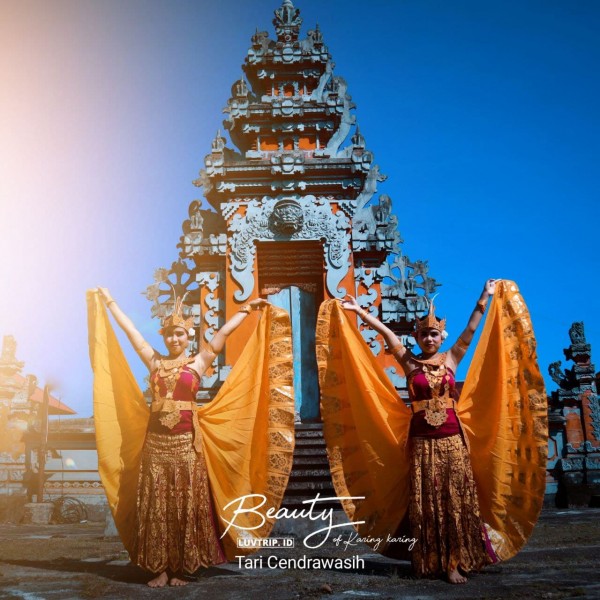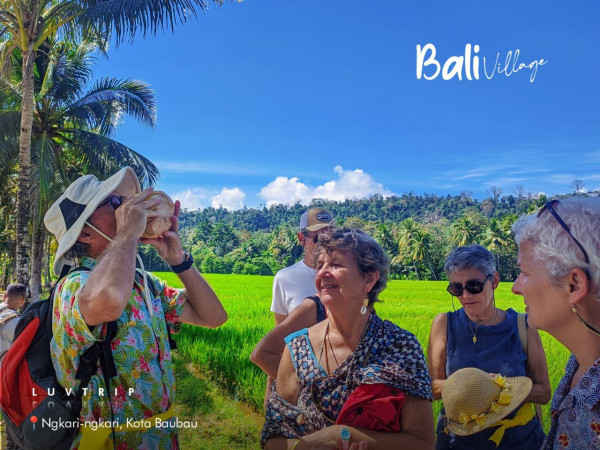Sail to Indonesia In Baubau City (Visit Karing-karing Village (Litle Bali) and Palabusa Village)
Little Bali, Ngkari-Ngkari, Bau-Bau City, South East Sulawesi, Indonesia
Tour Type
Cultural
Location
Limbo Karing-Karing
Overview
At first, Baubau was the center of the Kingdom of Buton (Wolio) which was founded in the early 15th century (1401–1499). Buton began to be known in Indonesian History because it was recorded in the Nagarakretagama text by Prapanca in 1365 AD by calling Buton or Butuni as the Keresian Country (Village) or the residence of the rishis where gardens were spread and phallus and waterways were built with the king having the title His Majesty Mahaguru . The forerunner of the country of Buton to become a kingdom was first pioneered by the Mia Patamiana group (the four people), namely Sipanjonga, Simalui, Sitamanajo and Sijawangkati who, according to oral sources in Buton, came from the Malay Peninsula at the end of the 13th century. The heyday of the Kingdom of Buton (Wolio) to the Sultanate of Buton from its establishment in 1332 to 1960 has left many legacies of a glorious past. Until now, it can still be witnessed in the form of historical and cultural relics such as ancient manuscripts stored in the Laode and Waode lineages on Buton Island, while many other manuscripts were still brought to the Netherlands by the Dutch themselves during their colonial period and archeology such as the tombs of kings and sultans, palace fortifications, gates called lawa, old cannons and many others. Currently, the territory of the former Buton Sultanate has established several regencies and cities, namely Buton Regency, Muna Regency, Wakatobi Regency, Bombana Regency, North Buton Regency, West Muna Regency, Central Buton Regency, South Buton Regency and Baubau City.
Baubau can be said as a tourist city because many tourist objects are found in this area. Tourist visits in Baubau City can be divided into 2 main types of visits, namely:
- Historical tourism in the form of tourist visits to the historical heritage of the Sultanate of Buton.
- Natural tourism in the form of visits to see beautiful natural scenery.
Through the packages that we offer, there are several activities that you can do during your stay in Baubau City.
Included
Itinerary
Travel Styles
Tour Location
Reviews
Extra prices:
- {{total_price_html}}
- {{pay_now_price_html}}





